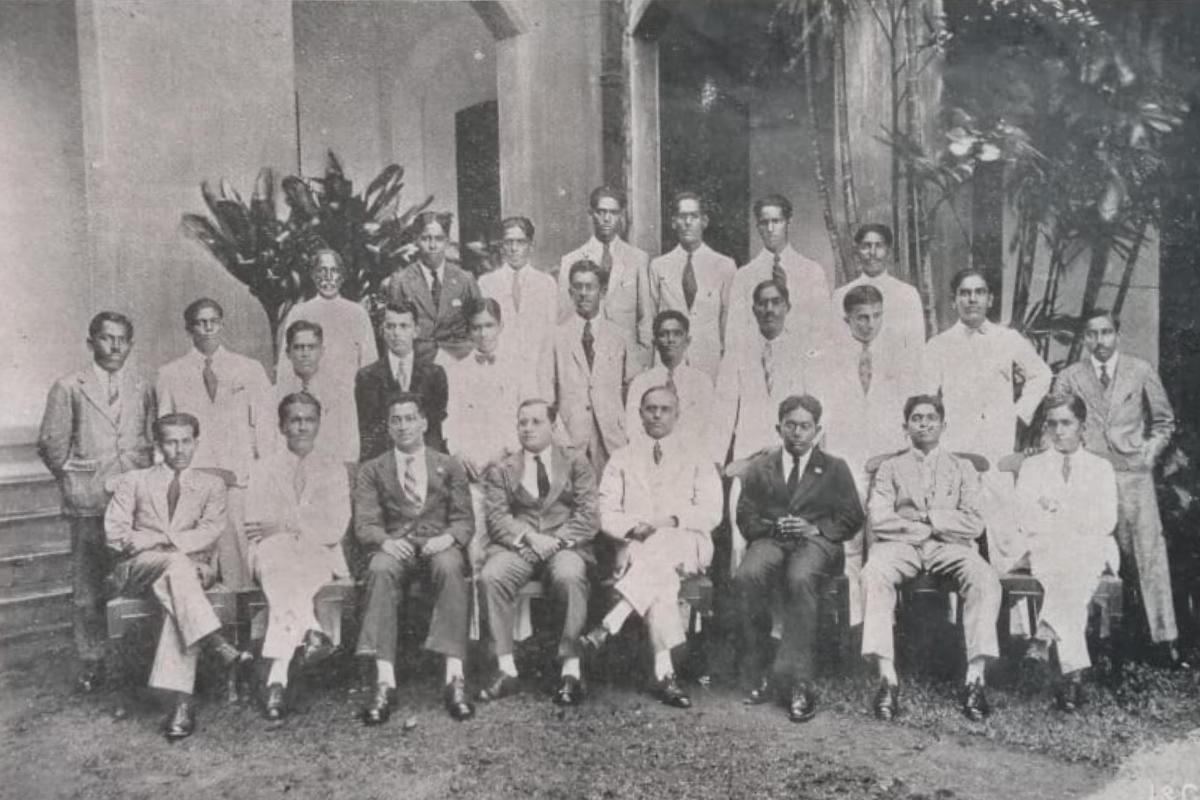History of Legal Education in Sri Lanka
The earliest access to the legal profession was established under the British Colonial system, facilitated by the 1833 Charter. Section 17 of this Charter empowered the Supreme Court of Ceylon to admit and enroll individuals as Advocates and Proctors, provided they demonstrated good repute, competent knowledge, and ability, subject to examination by one or more judges of the Supreme Court. This system had a relatively informal structure, requiring aspiring legal professionals to undergo an apprenticeship with a practicing lawyer and pass examinations conducted by the Supreme Court to demonstrate sufficient skill and legal knowledge.
The Charter introduced two distinct groups of practitioners: Advocates, whose role was akin to Barristers in England, and Proctors, who fulfilled roles similar to Solicitors in England. Advocates primarily focused on advocacy and litigation and were typically members of the Bar Council, while Proctors were associated with the Incorporated Law Society of Sri Lanka.
Formal legal education in Sri Lanka began with the establishment of the Council of Legal Education (CLE) in 1873. Sri Lanka Law College was accordingly established under the said Council of Legal Education to impart a formal legal education to those who wish to be lawyers. The Incorporated Council of Legal Education was established in 1900 under the Council of Legal Education Ordinance No. 2 of 1900.
Significant changes to the legal structure and profession in Sri Lanka occurred in 1973. With the enactment of the Administration of Justice Law No. 44 of 1973 by the National State Assembly, the two branches of the profession were merged, resulting in the formation of a single group of practitioners known as Attorneys at Law.

Proctors’ First Examination July 1925


